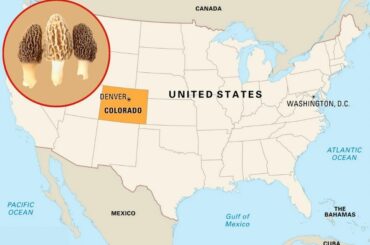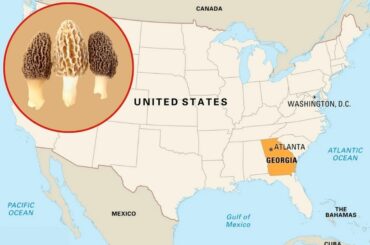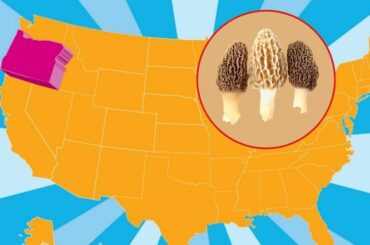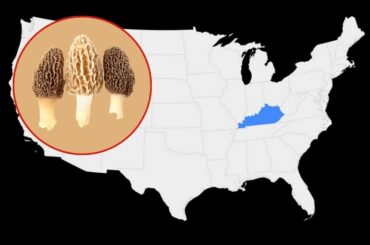Today I am going to discuss about a world-famous mushroom. It is known as the Turkey tail mushroom (Trametes versicolor) and is a famous fungus around the world (in Asia, US and Europe). Turkey tail is also rich in nutrients, antioxidants and immune-boosting compounds. Not only the above benefits but also this mushroom has probiotics and it helps to balance beneficial bacteria in the gut. So let’s find out more about this amazing creation of nature.
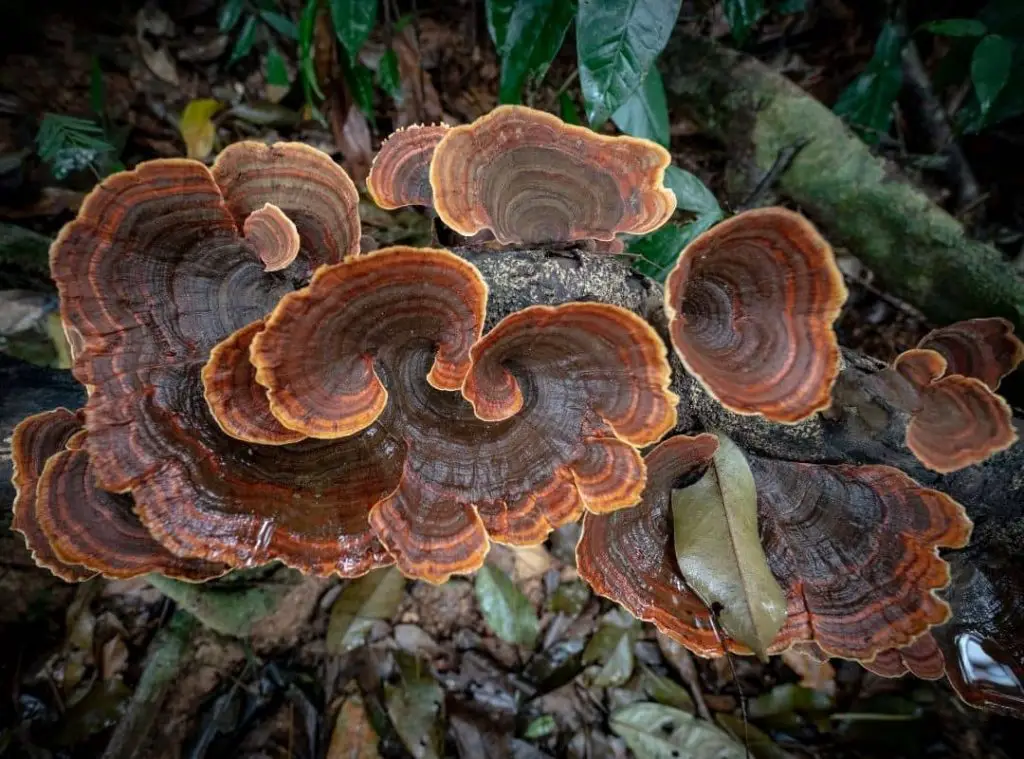
Turkey tail mushroom appearance
Contents
- 1 Turkey tail mushroom appearance
- 2 Turkey tail mushroom naming history
- 3 Can you eat Turkey tail mushrooms?
- 4 Can you eat Turkey tail mushroom raw?
- 5 Where does Turkey tail mushroom grow?
- 6 When does Turkey tail mushroom grow?
- 7 Turkey tail mushroom relationship with the trees
- 8 Turkey tail mushroom toxicity
- 9 How to cook Turkey tail mushrooms?
- 10 Turkey tail mushroom taste
- 11 Turkey tail mushroom recipe
- 12 Precautions in eating Turkey tail mushroom
- 13 Turkey tail mushroom look-alikes
- 14 Conclusion
When comparing a lot of fungi, Turkey tail mushrooms have a leathery and slightly hairy appearance. They are multicolored mushrooms with brown, gray, or orange color and white color, underside.
Size
They have concave cups and it grows up to about 1- 4 inches in width. This mushroom has very small hairs which help to distinguish similar fungi. These hairs cover the mushroom and can be observed clearly using a dissecting microscope. Turkey tail mushroom is flexible and thin. After harvesting this mushroom can be dried a little.
Color
They have a broad color range from brown to red including white to brown and red to purple. Most can be found as rusty brown. The multicolor bands are on the cap of the turkey tail mushroom. The underside is white.
Spores
The conk which produces the spores is the reproductive structure of this mushroom. They have round pores on the white color underside of the cap because these mushrooms belong to the family polyporaceae or are named polypores. About 3 to 8 pores per millimeter are present in this mushroom. This is one of the best ways to distinguish Turkey tail mushrooms.
They have no gills present. The spores are located in the pores and are difficult to observe using the naked eye. The sausage-shaped (curved cylindrical) spores are white in color and are about 4-6 x 1.5-2.5µm in size.
Cap
The mushroom has a flat, triangular, or round shape cap. The texture of the cap is leathery and covered with fine hair. The cap is multicolored with color ranges of brown, gray, or orange.
Stem
The mushroom has no stem. The mushroom attaches to the tree directly. This mushroom attaches to the tree trunk as overlapped or side by side.
Flesh
It has leathery textured flesh. The flesh is about 1-3 mm thick.
Smell
The smell of the mushroom is indistinctive and some believe turkey tail mushroom has a fresh and fruity mushroom smell.
Turkey tail mushroom naming history
They are known as Coriolus versicolor in scientific name. The binomial name of turkey tail mushroom is Boletus versicolor and nomenclature by Carl Linnaeus in 1753. Then this is renamed Trametes versicolor by a mycologist named Albert Pilát.
Can you eat Turkey tail mushrooms?
Unlike oyster mushrooms, Portobello mushrooms, or King oyster mushrooms, the Turkey tail mushroom is difficult to consume because of its woody and tough structure of it. Turkish tails are safe to consume. This mushroom is good in dietary fiber. But some side effects such as vomiting, loss of appetite, heartburn, constipation, flu-like symptoms, darkening of fingernails, and nausea are recorded. Turkey Tails can be prepared in powder form or as tea and the preparation of edible form is not that much harder.
Can you eat Turkey tail mushroom raw?
There isn’t direct evidence that the raw mushrooms can’t be consumed. But due to being chewy and tough, use the tea or powder form of Turkey Tail mushrooms.
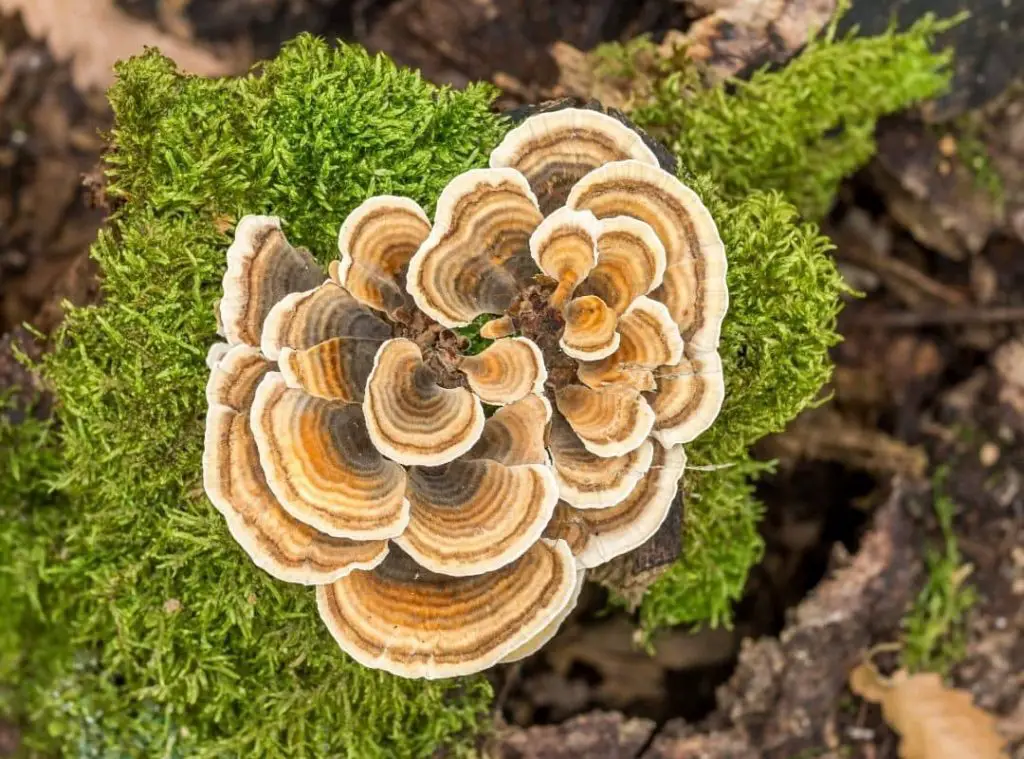
Where does Turkey tail mushroom grow?
They most commonly grow in North American woods, Europe and temperate forests in Asia. They grow on hardwood trees such as Beech, Oak, and environmental conditions should be wet and shady.
When does Turkey tail mushroom grow?
They grow throughout the year. But most commonly observed from May to December.
Turkey tail mushroom relationship with the trees
They grow on dead hardwood trees. The mushroom uses the nutrients of dead wood to grow and clean the forest by decomposing the hardwood. Therefore this mushroom is named a saprotrophic organism. They decompose lignin in hardwoods. The cellulose decomposing rate is less than the lignin decomposing rate in turkey tail mushrooms. This property of turkey tail mushroom is used in the paper industry.
Turkey tail mushroom toxicity
They are not poisonous but you should be careful when collecting them from the wild. Some other varieties of mushrooms can be mistakenly identified as Turkey tail mushrooms and that will be poisonous. Should be careful while consuming the dose of turkey tail mushroom, whether it is in powder form or tea. Always should get the recommended dosage form of Turkey tail mushrooms.
How to cook Turkey tail mushrooms?
Savory soup
Can use this mushroom or mushroom powder or blended mushroom broth with vegetables, spices, and some herbs. All ingredients are added to hot water and prepared in the soup. The mushroom powder can add to stew, curries, wraps, burritos, and sauces to enhance the taste and health benefits.
Turkey tail mushroom bone broth
This is a combination of mushrooms and herbs that helps to detoxify the body. Ingredients are chopped carrots, chopped stalk celery, chopped bunch spring onions, dried Chaga mushroom granules, dried or fresh Turkey Tail mushroom, dried Reishi mushroom pieces, Dried Maitake mushrooms, Burdock root, black peppercorn, water, and Salt to taste. The first step is adding all ingredients to a suitable pot. Then cook slowly. Then cook for 8 to 24 hours using a simmer. You can add broth into a glass or plastic bowl and keep it in the fridge.
Turkey tail mushroom tea
Add small pieces of Turkey tail mushroom to the water and put the pot on the stove. After boiling, keep for about one hour to reduce the temperature. Add a small amount of turmeric, honey, and lemon essential oil and mix. Almond milk, ginger, and lemon essential oil can enhance the flavor of Turkey tail mushroom tea.
Turkey tail mushroom taste
According to most people, they do not taste bad. They are slightly bitter and mildly earthy but not unpleasant tasting. When preparing foods, their taste can change when combined with various recipes.
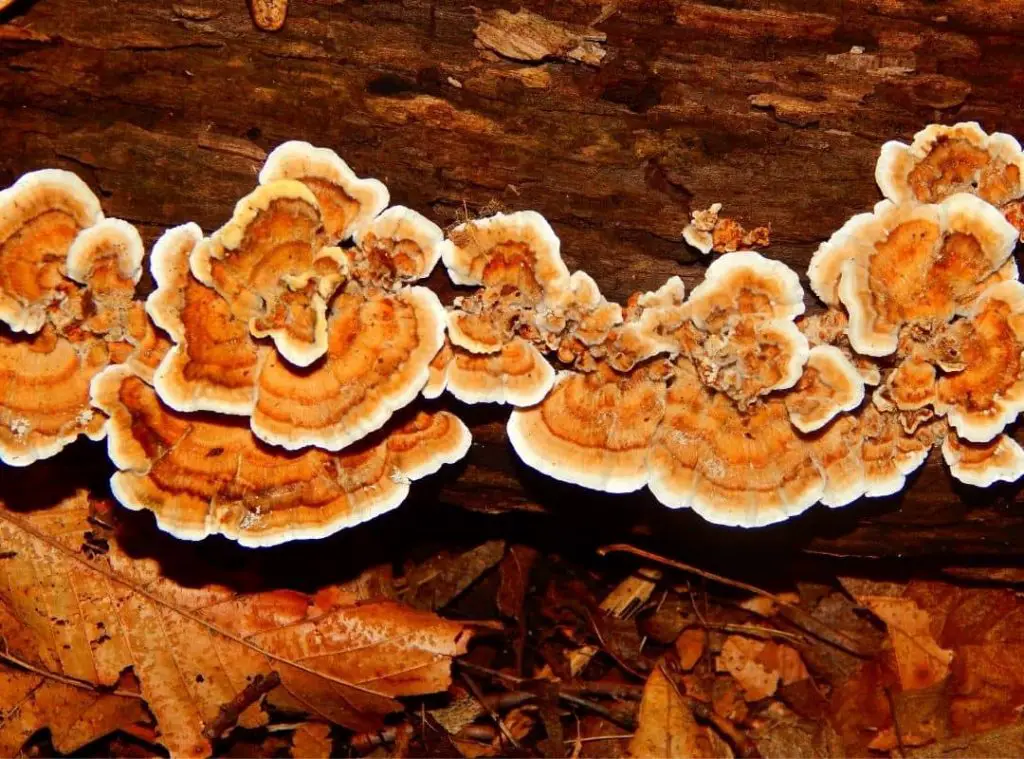
Turkey tail mushroom recipe
There are several recipes to prepare these mushrooms. They are savory soup, bone broth, tea, coffee, and Tincture. By adding some other flavors and various vegetables, the turkey tail recipes can enhance its nutrient richness and taste.
Precautions in eating Turkey tail mushroom
When already taking some medicines there may be some interactions with these mushrooms and medications. Therefore, consulting a doctor before taking them is compulsory. When your first time using the mushrooms, taking small doses of mushrooms can reduce the adverse effects of allergy reactions. Sometimes the mushrooms may be mistakenly identified with other similar mushrooms. That similar mushroom type can be poisonous. Therefore it is necessary to identify exactly the correct mushroom type before use. Pregnant or lactating mothers should not use this mushroom without a doctor’s consultant.
Turkey tail mushroom look-alikes
Among a lot of Turkey mushroom look-alikes, False turkey tails (Stereum ostrea) are famous. Both mushrooms are tough in texture, both consisting of rings of color. The false Turkey tail mushrooms are also not poisonous.
To distinguish them, can use the underside of the mushrooms. False Turkey tails have nonporous smooth undersides and Turkey tails have pores underside. Violet Toothed Polypore (Trichaptum biforme) also looks like a Turkey tail mushroom. Using the purple color underside and violet-tinged outer edge and using tooth-shaped, large pores can distinguish Turkey tail and Violet Toothed Polypore mushroom.
Multicolor Gilled Polypore (Lenzites betulina) and Turkey tails are the same on the top view. Turkey tail and Multicolor Gilled Polypore can be distinguished using the appearance of their underside view. Multicolor Gilled Polypore has a gill-like underside and the underside of the turkey tail has white pores. Trametes ochracea also has a similar appearance to Turkey tail. Trametes ochracea can be distinguished using its hard and rigid texture.
Conclusion
They got the name due to its multicolor appearance. It grows on hardwood trees and acts as a decomposer. With its chemical structure, it has medicinal value as a treatment for cancers, UTI, boosting the immune system, etc. It is also used for respiratory conditions in traditional Chinese medicine. Turkey tails have 1-4 inches concave cups, brown to red ranged color variation, and leathery caps. Turkey tails are edible in powder form or tea.
But always you should take the recommended dosage. Should completely avoid pregnancy or breastfeeding. False Appearance of Turkey tails, Violet Toothed Polypore and Multicolor Gilled Polypore mushrooms are similar looking and there are few differentiations to distinguish them from Turkey tail mushrooms. They also use in the paper industry.

